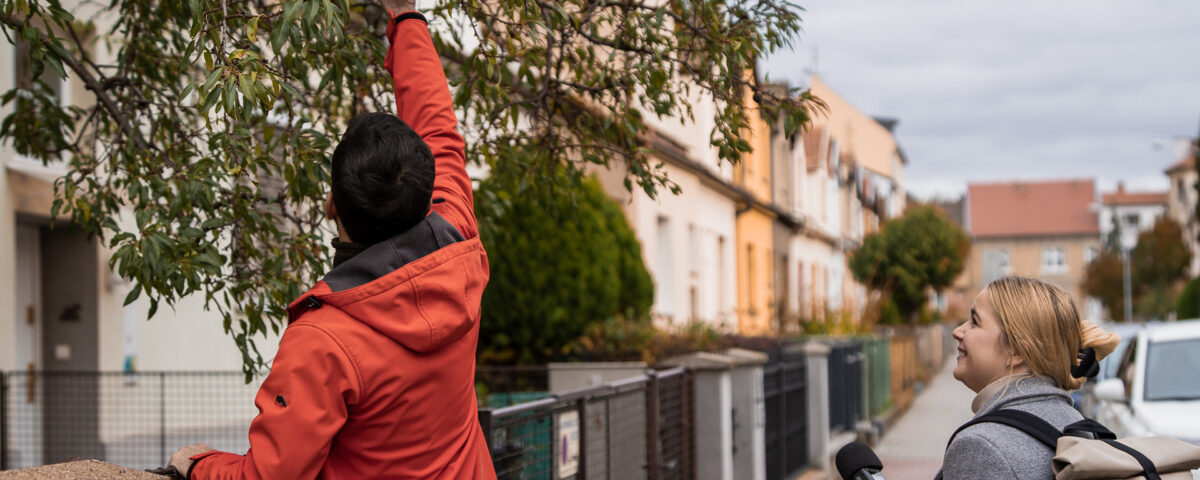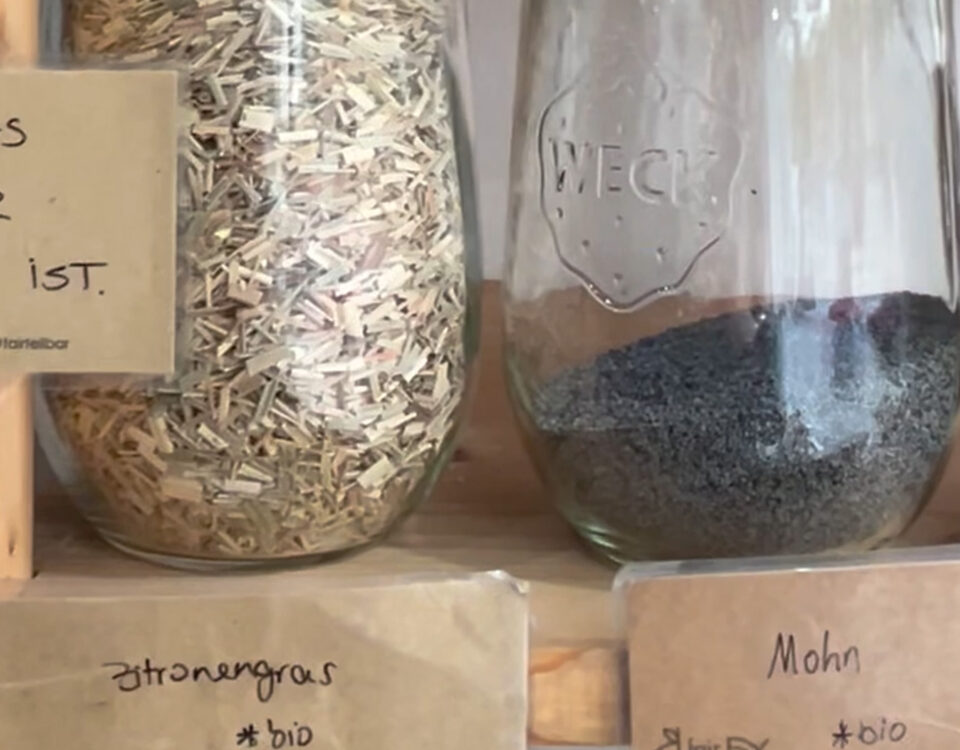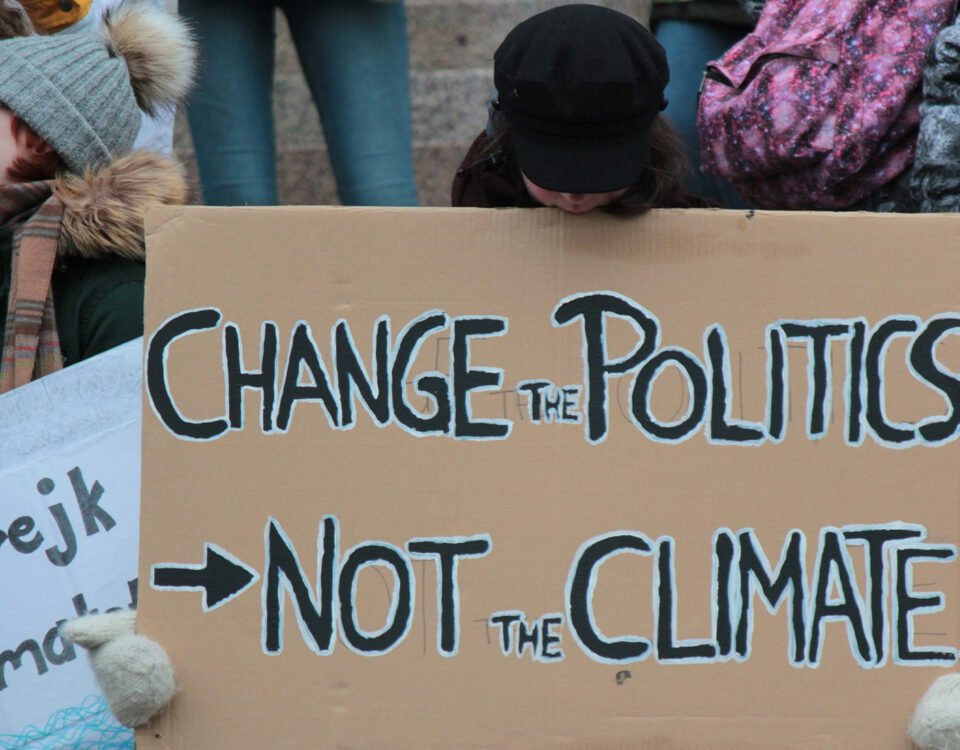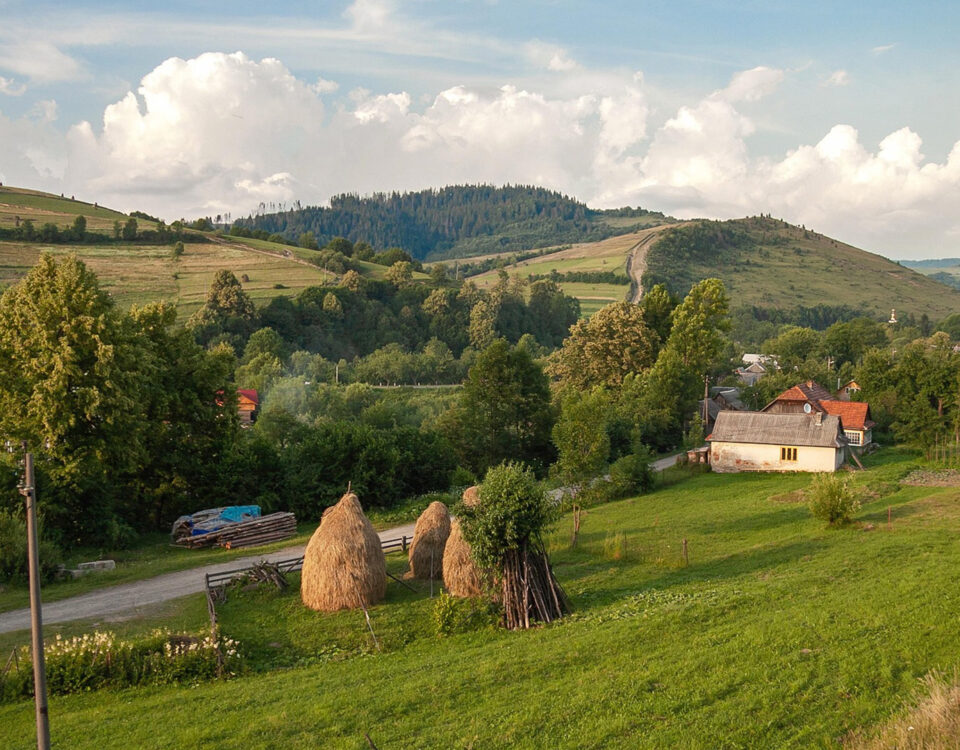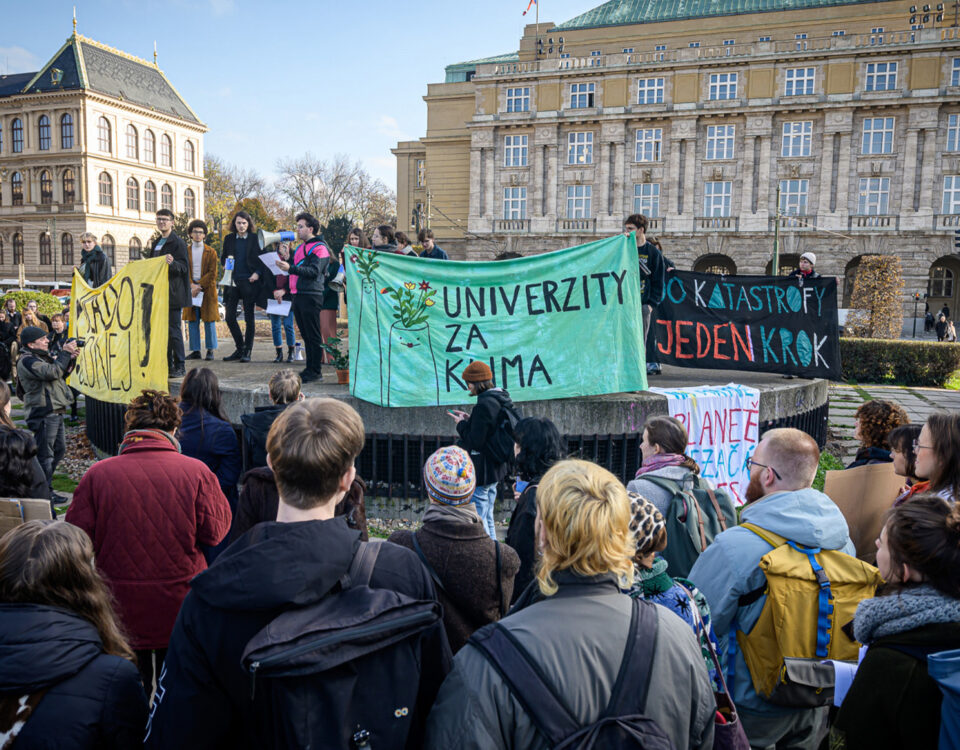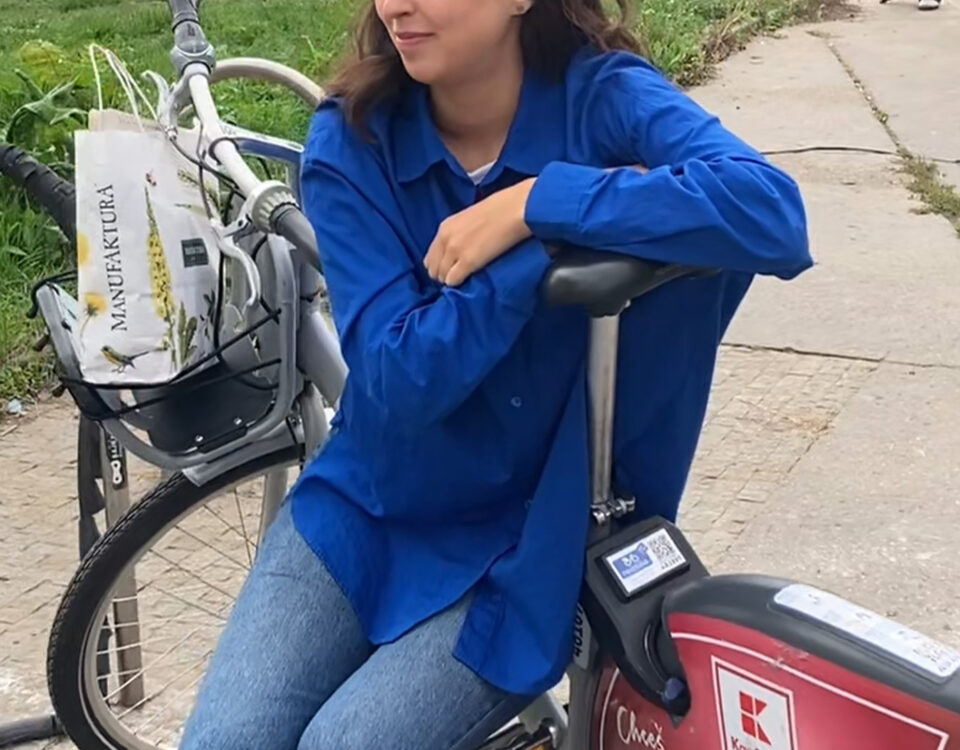Protecting the Climate from the Bottom-Up: How to Take Action to Help Trees
Brno’s urban greenery is under threat, as rising temperatures and poor urban planning leave little space for trees and parks. The initiative BRNO BUDE VEDRO (“Brno in the Heat”), led by landscape architect Vilém Jurek and designer Veronika Rút, aims to protect and expand the city’s green spaces. By preserving mature trees like those at Náměstí Republiky, Brno, and promoting sustainable solutions, they are addressing the critical role greenery plays in cooling the city and improving quality of life.
Their efforts include expert recommendations for better tree care, strategic planting, and creating a "Tree Ombudsman" to prevent unnecessary felling. Through public engagement and collaboration, the initiative invites residents to join in reshaping Brno into a greener, more resilient city.
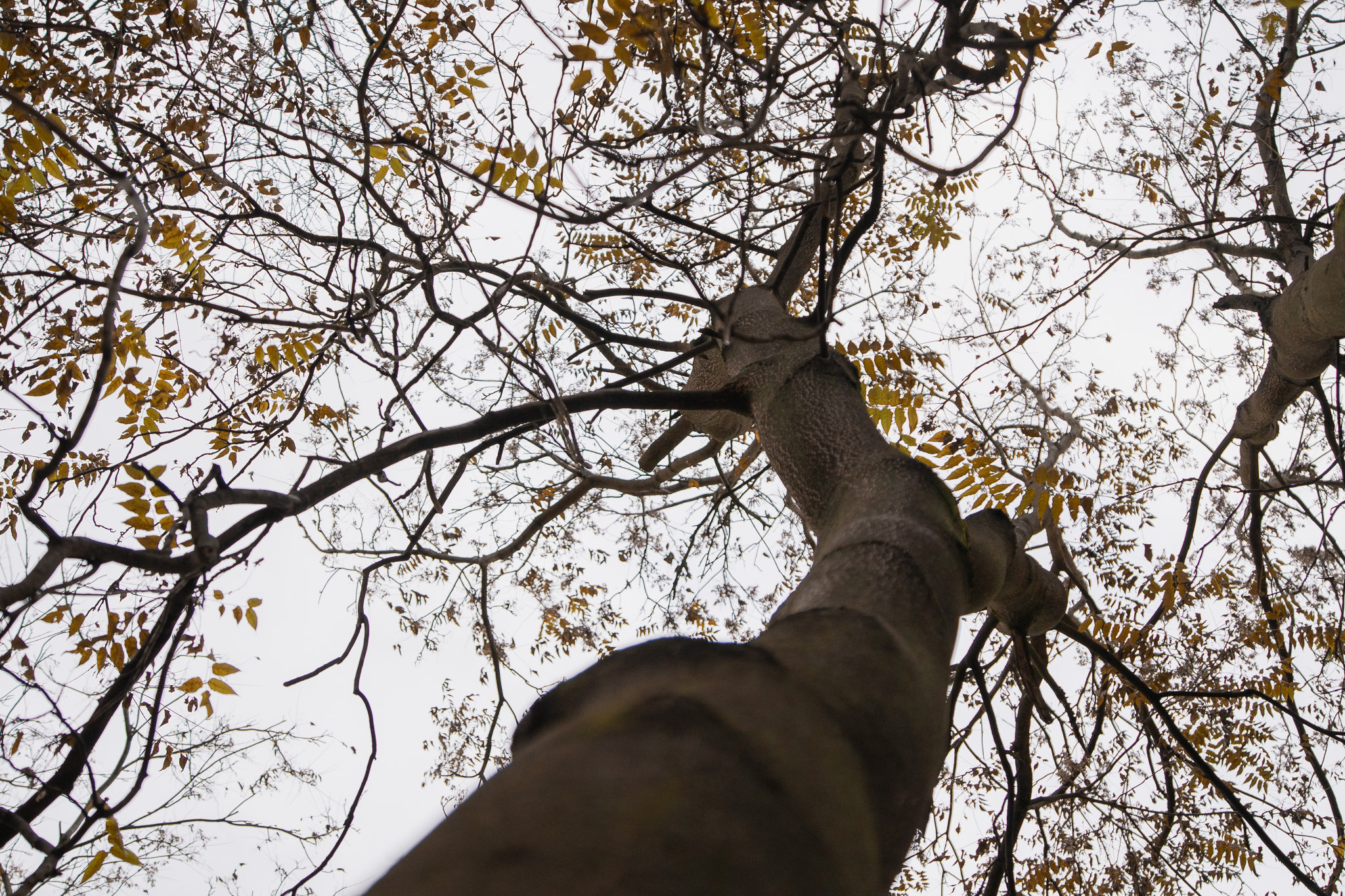
Authorship/Creative Team
Youth board Czech team;
Natálie Šindelářová
Sources
Photos:
Andrea Špak
How to Take Action to Help Trees
Increasing temperatures in the city affect us all during the summer, but some groups of residents are hit harder by heat waves, turning their lives into a real struggle. One of the most effective ways to combat unbearable heat is through urban greenery. Landscape architect Vilém Jurek and designer Veronika Rút are keenly aware of the critical role that trees, shrubs, and green spaces play in cooling the city. Through their initiative “BRNO BUDE VEDRO” (meaning Brno in the Heat), they seek to draw attention to the poor
management of public greenery in Brno.
Without Trees, It Will Be Hot!
When Veronika Rút noticed the planned renovation of Husovice’s Náměstí Republiky, which involved the mass cutting of several dozen linden trees, she decided to find out more and take action. She attended public hearings and raised awareness that cutting down healthy trees was not the right approach. Rising summer temperatures, tree felling, drying trees, and withering public greenery brought Veronika and Vilém together, and in 2023 they launched a civic initiative aptly named BRNO BUDE VEDRO, summarising the unfavourable forecast
that many cities will have to face.
In March 2023, Veronika presented a set of recommendations to Councilor Jaroslav Suchý, prepared by experts in climate adaptation. These recommendations focus on blue-green
infrastructure and emphasise the importance of communication and political support across departments, using the Náměstí Republiky case as a model example.
According to the initiative, cooperation between the municipality and a landscape architect or another specialist with experience in urban greenery and tree health assessment is essential. Planting should also be continuous: before an old tree is removed, new trees
should already be planted. “Today, it’s challenging to grow a new tree to the size of some of the older ones, as watering and lack of moisture take a toll on new plantings. It’s not that watering is neglected, but the trees have dried up due to the heat,” says Vilém Jurek, who
focuses on expert analysis and tree assessments within the initiative. The landscape architect praises the reconstruction at Moravské náměstí, where old trees were preserved as
much as possible, and good underplanting was added.
Thinking Ahead
In times of climate crisis, it’s especially important to address urban greenery strategically and
with a forward-thinking approach. For a plan defining the role of greenery in relation to city
architecture to be binding for all municipal organisations, it needs to be incorporated into a
universally applicable ordinance. Additionally, the recommendations presented to councilor
Suchý include creating a greenery care plan based on this strategic framework.
Discussions between the councillor and the civic initiative are ongoing, so whether these
recommendations will lead to actual changes in Brno remains to be seen. However, a major
success is that thanks to Veronika Rút’s efforts, the healthy linden trees in Náměstí
Republiky were preserved and continue to provide shade and relief to Brno’s residents on
hot summer days. In its negotiations with the city, the initiative also used a successful petition for the protection of healthy mature trees in Brno, which continues to
gather new signatures.
Significant Room for Improvement in Greenery Care
According to Vilém Jurek, the state of urban greenery in Brno is not the worst, but there is significant room for improvement. Brno lags behind cities like Prague, which follows a well-
developed strategy from the Prague Institute of Planning and Development. “It takes very little to cool down a street. It doesn’t require complex new greenery developments; it just needs more trees planted along streets and in gardens, with a comprehensive approach to greening.”
Most of the responsibility for urban greenery in Brno lies with city districts and municipal companies, including the Public Greenery of the City of Brno and partially Brno Communications. According to Jurek, they are gradually adding greenery where it’s missing.
However, the biggest issue remains uncontrolled and often unnecessary tree felling.
“Unfortunately, developers and other projects, like the creation of parking spaces, are often prioritized over tree protection,” he comments on the problem.
Another reason for tree felling is insufficient care. “Planted and mature trees require adequate professional care. Older trees, which are most important for the urban climate, are
currently being felled at high rates. Many of these trees could remain healthy if they received regular maintenance and arborist care. This can prevent emergency situations, defects, and similar issues.” For trees to grow safely and age well, they need care for their above-ground parts, such as proper pruning and crown reinforcement, and for their roots, such as soil injections, substrate replacement, or soil conditioners. Jurek recommends simpler measures
like pruning dry or obstructive branches before resorting to drastic felling of the whole tree.
“Long-term care is more effective than planting new saplings, which we have to wait years for them to mature,” he adds.
However, maintaining mature trees isn’t always desirable. “It’s important to distinguish where trees are valuable and where they are not appropriate,” Jurek emphasizes. Unique biotopes that naturally have few trees, such as steppe areas, do not benefit from tree preservation, as trees are undesirable there. Hazardous and invasive trees, like the tree of heaven, also require careful consideration about whether protection is appropriate. And who should assess trees and tree felling? Ideally, those with the education, experience, and understanding of the entire issue.
What Are the Options for Protection Against Unnecessary Tree Felling?
This connects to one of the future goals of the initiative. According to Jurek, this involves building on the eco-advisory services offered by the Veronica Ecological Institute, which
answers environmental questions from the public. BRNO BUDE VEDRO envisions the establishment of a "Tree Ombudsman" role. The purpose of this position would be to carefully monitor all administrative procedures regarding unauthorized or illegitimate tree
felling in the city. The future ombudsman’s impact would be substantial, requiring full-time
work to ensure the protection of all trees. “I believe that, systemically, this is the best way to fulfil the goals of BRNO BUDE VEDRO,” says Jurek. The ombudsman would oversee planned felling and, in cases of unnecessary tree removal, would act as a participant in the administrative process to oppose it. Currently, individual residents who are concerned about tree felling near their homes often perform this role, though they may not know how to proceed or who to contact. Support is available through the NESEHNUTÍ’s "Citizens' Eye" advisory service.
“The simplest thing a person can do if they want to protect greenery more comprehensively is to establish a nonprofit organization,” suggests Jurek to those who want to get involved.
By founding a local chapter of the Czech Union for Nature Conservation, people can act as an interest group concerned with their surroundings and participate in administrative proceedings to block these issues. Effective steps to prevent felling might also include creating a Facebook group for the initiative and raising media attention about the issue. If members of the public want to contribute more than just signing a petition or making a financial donation, Veronika and Vilém warmly welcome citizens who bring a case they can
publish on the initiative’s platform. Expert consultation support is also available. Those without a specific case can still help the initiative with research or other tasks carried out by
its members.
![]()

